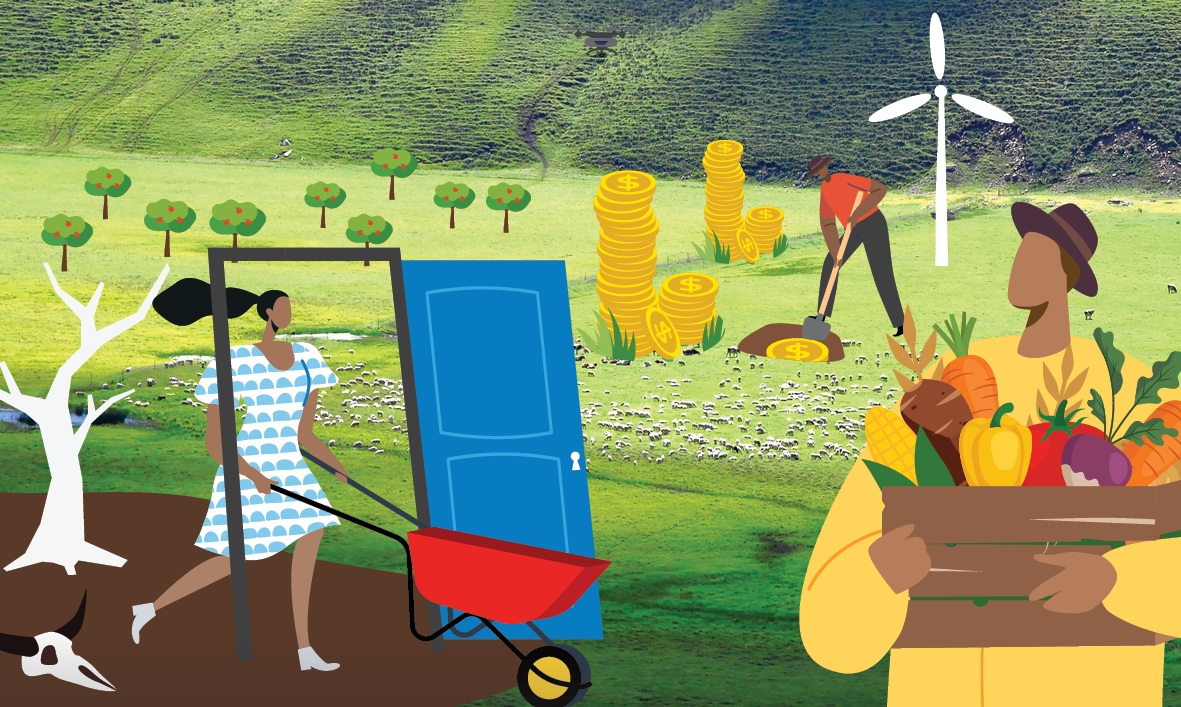 UNCCD
UNCCD
Statement on World Day to Combat Desertification and Drought 2025
World Day to Combat Desertification and Drought is a call to recognize land as the planet’s infrastructure for life. At the heart of this infrastructure lies healthy soil—made fertile and resilient by the biodiversity it harbors. Soil biodiversity sustains food production, water regulation, and climate stability. Without it, life on Earth would be upended.
Today and every day, we must work harder to restore land and unlock the opportunities that come with it. Land restoration and sustainable land management are not standalone efforts. They are deeply interconnected with biodiversity conservation, sustainable use, and the fair and equitable sharing of benefits arising from genetic resources.
Addressing biodiversity loss, land degradation, and drought together is enshrined in the Kunming-Montreal Global Biodiversity Framework—the world’s masterplan to halt and reverse biodiversity loss through 23 action targets to be achieved by 2030.
Land conservation and restoration are central to achieving the KMGBF targets. Success requires a whole-of-government and whole-of-society approach. The active participation of smallholders, women, youth, Indigenous Peoples, local communities, the private sector, and local authorities is essential.
Targets 2 and 11 of the KMGBF specifically call for the restoration of degraded lands for ecological integrity and connectivity, and the maintenance and enhancement of nature’s contributions to people, including soil health and water regulation.
Efforts to achieve these targets are further supported by a dedicated Plan of Action on soil biodiversity, recognizing that transformative change in agriculture and food systems is essential.
Land restoration decisions are national decisions. When taken in a way that is mindful of biodiversity and climate goals, they can deliver sweeping benefits for people and nature.
NBSAPs – LDNs – NDCs – NAPs: four acronyms that hold the key to a brighter future. The integrated implementation of National Biodiversity Strategies and Action Plans (NBSAPs) with Land Degradation Neutrality Targets (LDN), Nationally Determined Contributions (NDCs) and National Adaptation Plans (NAPs) can unlock powerful solutions that will also deliver a push for the implementation of the Sustainable Development Goals.
With the biodiversity, land and climate crises deepening, with purse strings becoming tighter, we need to do more, better, faster and with less. Synergistic implementation of globally agreed goals and targets is by far the best way forward, the opportunities are vast—and the time to seize them is now.
More information
Kunming-Montreal Global Biodiversity Framework
Dry and Sub-humid Lands Biodiversity